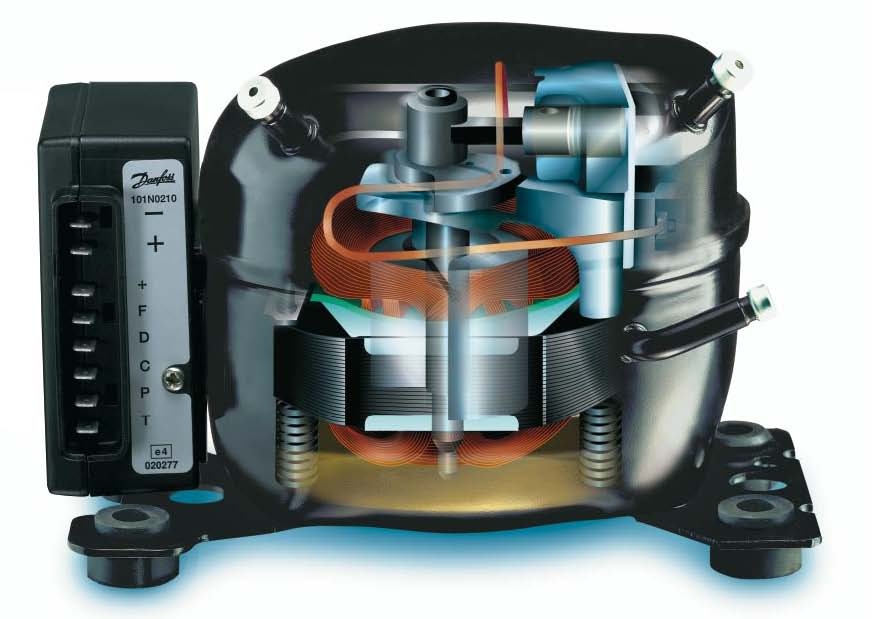A compressor is the core of any refrigeration system. They serve as a pump that is in charge of moving the refrigerant throughout the entire system. It’s important for refrigeration equipment distributors, contractors, and end-users alike to learn more about the compressor itself and the details of the cycle of refrigeration so they could fully understand how different refrigerant compressors work.
What Is a Refrigeration Cycle?
The refrigeration cycle is the process of the refrigerant flowing through a compressor from an evaporator coil. This process raises the coolant pressure. The refrigerant that has been vaporized flows towards the condenser and it transforms into liquid form.
As this process happens, it releases heat, which is why any condenser can be hot on touch. Then, the refrigerant continues towards the expansion valve, where it experiences a drop in pressure.
Finally, the refrigerant continues towards the evaporator, where it draws all the heat it can from the environment. This causes the refrigerant to become vaporized again before it returns toward the compressor and continues the cycle.
How Do Different Refrigeration Compressors Work?
There are four main types of refrigeration compressors that operate under different principles:
Reciprocating Compressor
These compressors use a repetitive motion of the piston to compress the refrigerant in its vaporized state. This compressor consists of pistons, a crankshaft, and a motor. The motor operates the crankshaft and it pushes all pistons. There are two subcategories of reciprocating compressors: the single-acting compressor and the double-acting compressor.
Rotary-Vane Compressor
Vane separates the cylinder in two different sections – discharge and suction. The piston in this compressor rotates and increases the and decreases the volumes of different sections. The suction, the compression, and the discharge of the gas is achieved through constant rotation of the pistons.
Rotary-Screw Compressor
These compressors consist of helical screw rotors that compress large refrigerant volumes. Such a compression method requires both female and male rotors, as well as a motor. A male rotor rotates into the crankshaft while a female rotor intermashes with its male counterpart. This causes the refrigerant to pass through the suction part to become compressed and exit at high pressure through the discharge part.
Centrifugal Compressor
Different names for these types of compressor are radial and turbo compressor. This compressor uses kinetic energy to compress the refrigerant through several rotating impellers. While they’re rotating, they force the passage of the refrigerant through an inlet vane. Higher refrigerant pressure is achieved through faster motion of the impeller.
